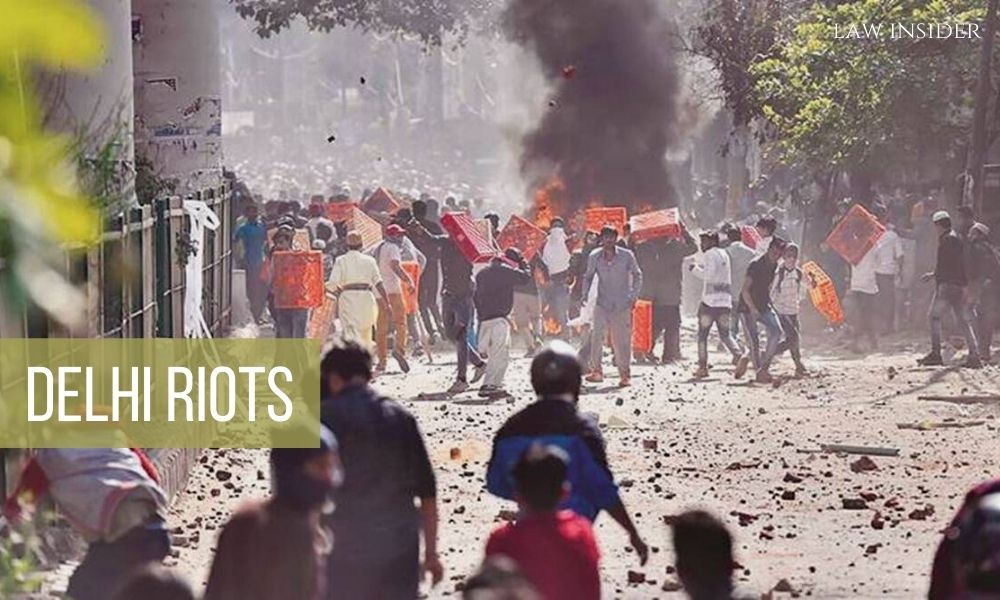Snehal Upadhyay –
Published on: August 10, 2021 at 15:31 IST
The Delhi High Court on Tuesday continued hearing the bunch of Bail applications filed in the case pertaining to the North-East Delhi Riots case.
Senior Advocate Salman Khurshid, representing several accused, concluded his arguments.
Khurshid contended that the mere presence of the accused at the crime scene does not completely indicate that the accused was involved in the alleged unlawful assembly.
Khurshid further submitted that “Their behaviour and conduct has to be seen…When there is a long gathering of people, it is difficult to determine who was there with common object and who would just happen to be there but could not be said to have common object…The Court has to distinguish the case of those who may be in the group but cannot be attributed of common object from those who assembled with a common object.”
The Senior Advocate also cited the Apex Court’s Landmark Judgement in the case of Kuldeep Yadav v. State of Bihar where the Court had held that there must be a clear finding of common object and participation.
The evidence must indicate that any accused’s participation unless this is not found there could be no conviction done under Section 149 (Unlawful Assembly) of the Indian Penal Code.
Khurshid also further took the reference of another case of State of Maharashtra v. Ramlal Devappa Rathod & Ors which was also decided by the Apex Court in which the Court highlighted the constituents of an Unlawful Assembly.
The Court mentioned that there must be a common intention, following a common object and presence of arm weapons several people may not have arm weapons but still they have a common intention.
The Judgement further stated “But in a situation where assault is opened by a mob of fairly large numbers of people, it may at times be difficult to ascertain whether those who had not committed any overt act were guided by the common object. There can be room for entertaining a doubt whether those persons who are not attributed of having done any specific overt act, were innocent bystanders or were members of the unlawful assembly.”
Lastly, Khurshid admitted the fact that one of the accused Saleem Khan had changed the angles of the CCTV cameras in order to not make the cameras capture the activities which were going on in the lane.
Khurshid was representing the accused namely Mohd. Ayyub and Saleem Khan, arrested in the case related to the death of Head Constable Ratan Lal during the Riots.
Also Read: Delhi Riots: Court frames charges against 7 Accused of killing Muslim man

